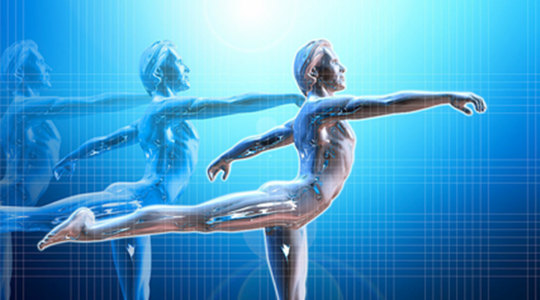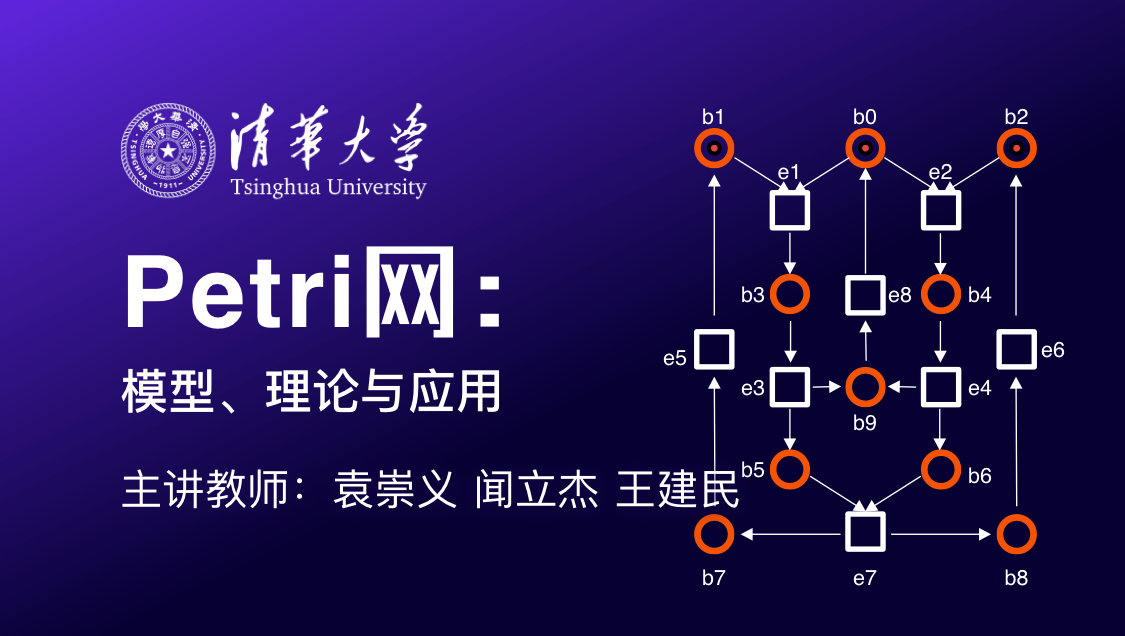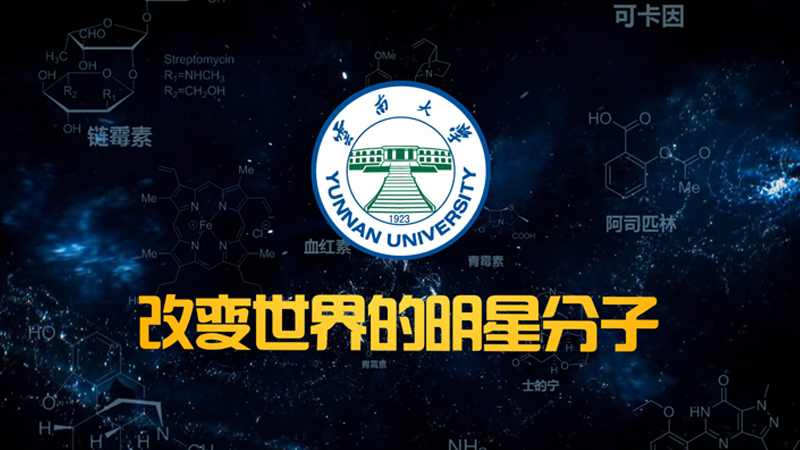
当前课程知识点:Methodology of Scientific Research > Conclusion > PPT-Conclusion > 3. Idea and Goal
返回《Methodology of Scientific Research》慕课在线视频课程列表
返回《Methodology of Scientific Research》慕课在线视频列表
最后我们给大家简述一下课程的理念和目标
本课程有8个字的理念
也就是研习 求实 合作 获益
具体把这8个字解读一下
沿袭我们把它解读为勤奋钻研的精神
大学生在专业学习的过程当中
要带着问题去学习 也就是研究性学习
要采用探索或者探究的方法去思考 去分析
把知识的学习过程视为一种
对问题的分析和求解过程
从中掌握发现问题
分析问题的方法和策略
进而培养自己独立地提出问题
分析问题和解决实际问题的技能
第2个是求实 也就是求真务实的态度
我们做任何事
特别是从事科学研究和技术开发这样的探索性工作
必须实事求是 是来不得半点马虎的
一是一 二是二 理论必须联系实际
大学生是我们建设创新型国家的未来的主力军
你们都是从大学阶段开始 就要养成
认真做事 踏实做人的品格
如果能够长期的坚持下去的话
你们就能够成就未来的科技世界
为国家做出更大的贡献
合作也就是凝聚团队的理念
当代科技发展迅速
知识信息呈现爆炸式的增长
对于大兵团的科技工作任务而言
单靠一两个人是无法完成的
那么就要需要强有力的团队来共同完成
其中个人的科学素质
研究技能是建立优秀团队的基础
而团队的实力是建立在个人的单兵作战能力的
基础之上的综合竞争力
因此我们要树立团队意识
要能够顾全大局
这也是每个人成才的重要因素之一
最后我们还有两个字 获益
即学研结合 获得双赢
知识的学习在于应用
而应用的宗旨在于能够利用所学的知识和方法
去有效的解决实际问题
为此 我们大学生在学习的过程当中
需要把知识的学习与参加课外科技活动
有机结合起来
也就是不能够仅仅停留在书本的学习 要能够走出去
在科技实践过程当中开阔眼界 提高技能
那么通过这样的一个科技实践活动
来检验专业知识的学习的质量和效率
也就是学有所得 研有所获
学研结合 探究开拓
在学习及应用过的过程当中
打好专业技术知识基础
掌握好基本的科研方法
提高你们的专业学习的绩效
本课程建设的目标分成两个阶段加以实施
第1个是基本目标
也就是把科研方法论这门课程
建设成南开特色的精品慕课
南开大学的校训是
允公允能 日新月异
我们解读一下
这个校训是我们的创办人张伯苓先生所提
南开大学的这8个字的校训集中体现了南开的精神和特色
允公允能
就是要培育德才兼备的人才
培育具有热爱自己的民族 国家的道德品质
和具有为民族国家服务的能力的人
日新月异
要求我们每个大学生不但要能够接受新事物
而且要成为新事物的创始者 创新者
不但要能够赶上新时代
而且要能够走在时代的前列 起码是前沿
第2个 我们给课程设置一个长远目标
以慕课这样的形式 从天津这个基地为基础
把本课程逐步向全国推广
扩大课程的教学与学习的辐射面
使我们的课程能够成为科学素质教育广受欢迎的慕课
为培养创新型的人才
促进我们国家成为创新型的国家而助力
最后 我们祝愿大家通过这门课程的学习
学有所得 研有所获
学研结合 创新开拓
我们用"敏于思辨 成于方略"8个字作为我们的结束语
这8个字既是我们这门课程的精髓
也是主讲教师对大家学习的期盼
以上是课程导论的全部内容 谢谢大家
-Section 1.1 Basic Concepts of Scientific Research
--1.1.1 Basic Concepts of Research
-Section 1.2 General Procedure of Scientific Research
--1.2.3 Process of Natural Science
--1.2.4 Process of Social Science
--1.2.5 Process of Technologial Science
-Section 1.3 How to Prepare for Scientific Research
--1.3.1 Motivation of Research
-Test-Lecture #1
-Section 2.1 Types and Sources of Research Project
-Section 2.2 Principles and Methods of Topic Selection
--2.2.1 Principle of Topic Selection
--2.2.2 Methods of Topic Selection
--2.2.3 Procedure and Strategy of Topic Selection
-Section 2.3 Information Collection of Project
--2.3.1 Type, Collection and Search of Information
-Test-Lecture #2
-Section 3.1 Typical Research Methods
--3.1.1 Level of Research Method
--3.1.2 Concept of Research Method
--3.1.3 Typical Research Methods
-Section 3.2 Typical Thinking Modes
--3.2.1 Thinking and its Characteristics
--3.2.2 General Innovative Thinking
--3.2.3 Typical Thinking Modes
-Section 3.3 Analysis of Research Cases
--3.3.1 Question Description and Concept
--3.3.2 Three-Level Theory of Problem
--3.3.3 Train of Question Consciousness
-Test-Lecture #3
-Section 4.1 Research-oriented Scientific Design
--4.1.1 General Scientific Design
--4.1.3 Example of Research Design
--4.1.4 Other kinds of Research Design
-Section 4.2 Experimental Scientific Research Design
--4.2.4 Example of Experimental Design
-Section 4.3 Application-oriented Scientific Design
--4.3.1 Basic Concepts and Significance
--4.3.3 Example of Applied Design
--4.3.4 Train of Research Skills
-Test-Lecture #4
-Section 5.1 Initial Entry into the Research Group
--5.1.2 Consider Research Outline
-Section 5.2 Analysis of Scientific Research Cases
--5.2.1 Example of Correct Topic Selection
--5.2.2 Example of Team Cooperation
--5.2.3 Test of Non-invasive PDM
-Section 5.3 Research-based Learning and Research
--5.3.1 Overview of Research Learning
--5.3.2 Research-based Learning
--5.3.3 Research Train for Undergraduates
-Test-Lecture #5
-Section 6.1 Scientific Research Strategy and Tactics
--6.1.1 Strategy in Research Work
--6.1.2 Tactics in Research Work
--6.1.3 Research Group and Management
-Section 6.2 Scientific Research Tactful Operation
--6.2.3 Typical Research Planning
-Section 6.3 Discrimination of Research Obstruction
--6.3.2 Origin of Research Obstruction
--6.3.3 Case of Research Obstruction
--6.3.4 Strategy to Remove Obstruction
-Test-Lecture #6
-Section 7.1 Research Papers and Writing
--7.1.2 Writing Research Paper
-Section 7.2 Rules for Submission and Publication
--7.2.1 Preparing for Contribution
--7.2.2 Process of Publication
--7.2.3 Strategy of Contribution
-Section 7.3 Examples and Analysis of Paper
--7.3.1 Basic Structure of Paper
--7.3.3 Introduction, Main Content and Conclusion
-Test-Lecture #7
-Section 8.1 Introduction of Invention and Creation
--8.1.1 Generality of Invention
--8.1.2 Principle of Invention
--8.1.3 Risk and Protection of Invention
-Section 8.2 Patent Types and Applications
--8.2.1 Characteristics and Types of Patent
--8.2.3 Process of Applying Patent
-Section 8.3 Patent Examples and Analysis
--8.3.1 Example of Invention Patent
--8.3.2 Example of Utility Model Patent
--8.3.3 Example of Design Patent
-Test-Lecture #8
-Section 9.1 Characteristics, Types and Titles of Academic Conferences
--9.1.1 Characteristisc of Academic Conference
--9.1.2 Types of Academic Conference
--9.1.3 Title of Academic Conference
-Section 9.2 Basic Elements and Report Types of Academic Conferences
--9.2.1 Basic Elements of Conference
--9.2.2 Types of Conference Report
-Section 9.3 Main Points, Syntax and Summary of Academic Reports
--9.3.1 Writing and Accepting Conference Paper
--9.3.2 Exercise before Reporting
-Test-Lecture #9
-Section 10.1 Character and Type of Researcher
--10.1.1 Basic Moral of Researcher
--10.1.2 Moral Outlook of Researcher
--10.1.3 Talent Type and Innovative Quality
-Section 10.2 Research Ethics and Academic Norms
--10.2.1 Generality of Research Morality
--10.2.3 Monitoring Measure of Research
-Section 10.3 Research Relationship and Incentive Mechanism
--10.3.1 Generality of Research Relation
--10.3.2 Typical Research Relation
--10.3.3 Research Incentive System
-Test-Lecture #10



